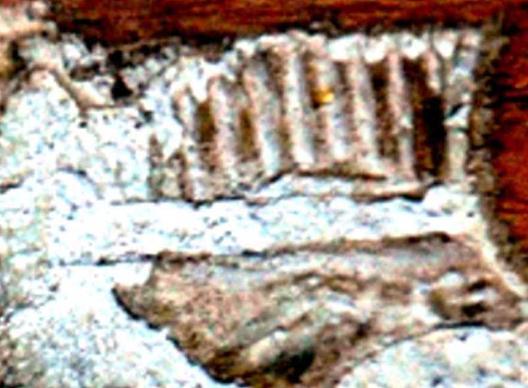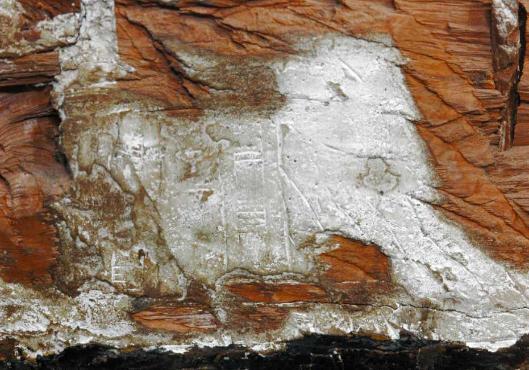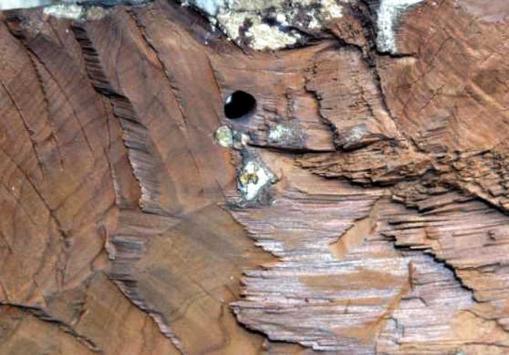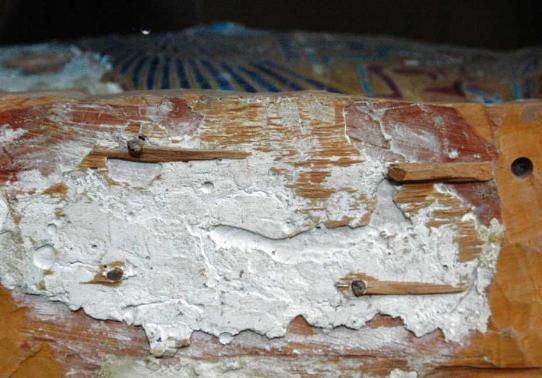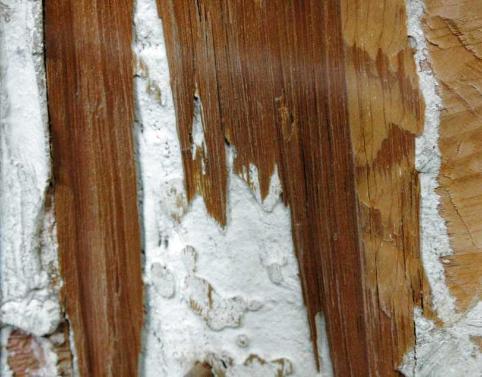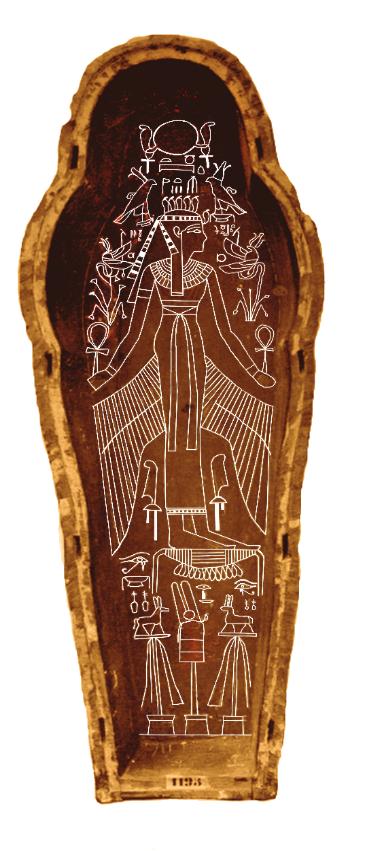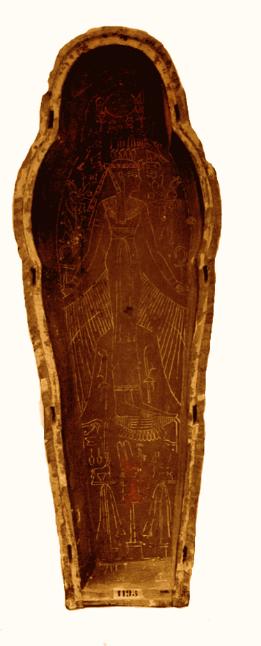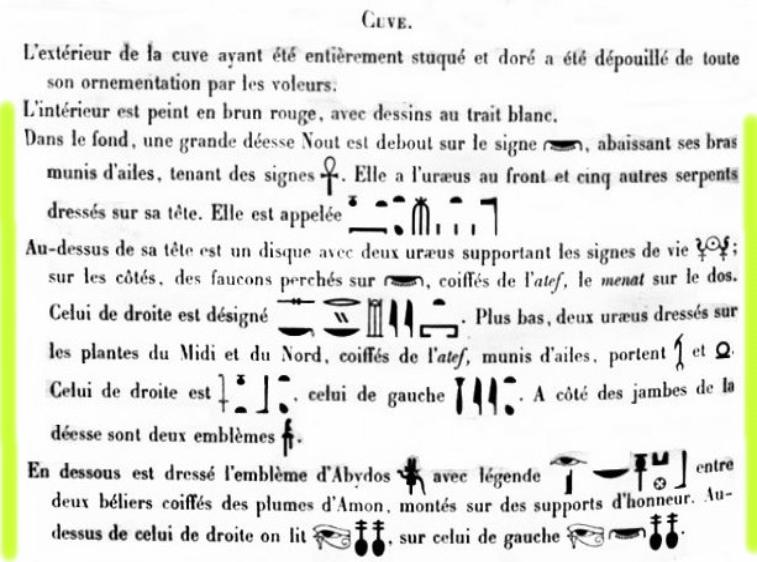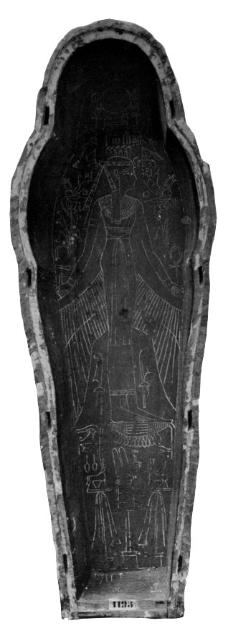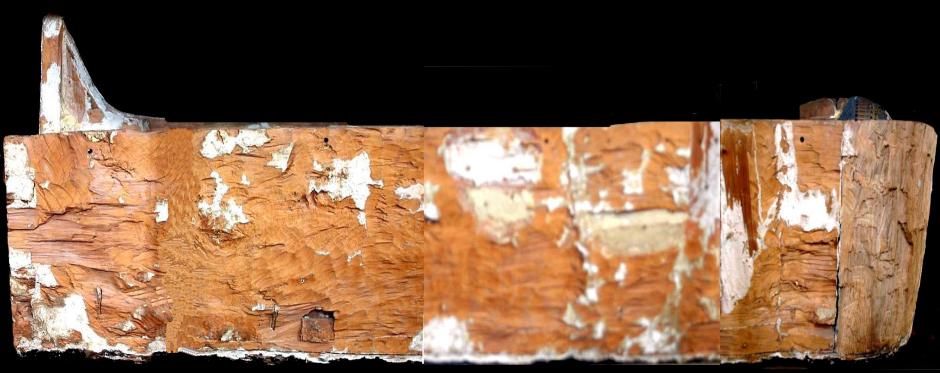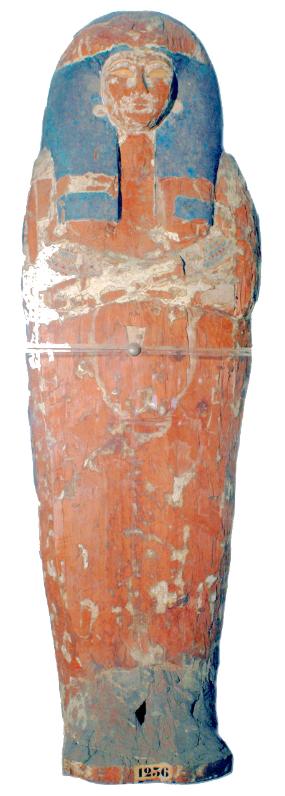| Russian Academy of Sciences Centre for Egyptological Studies, Moscow (CESRAS) & Russian Institute of Egyptology in Cairo (RIEC) Research on the Funerary Art of the 21a Theban Dynasty of Payanch and Personages of that Period (1070-945 BCE) Site Directory Personages Artifacts Grab Amenophis II Bab el-Gasus Royal Cache TT320 Network Index |
Intellectual property of the Russian Academy of Sciences, Centre for Egyptological Studies, Moscow R.F. This material may be freely used for non-commercial, educational,
and public services applications. If you use our material, please give a credit to CESRAS, Moscow, and make a link to http://www.cesras.org. You may contact us by email:
admin@cesras.org and we would be happy to help you in any way we can. Thanks for your visit to this site and please do come again. There will always be something new!
and public services applications. If you use our material, please give a credit to CESRAS, Moscow, and make a link to http://www.cesras.org. You may contact us by email:
admin@cesras.org and we would be happy to help you in any way we can. Thanks for your visit to this site and please do come again. There will always be something new!
Outer Coffin of Nedjemet, wife of HPA Herihor, end of 20th Dynasty, Thebes, ca. 1070 BCE
| Outer coffin of Nedjemet, left side; note that all of the decoration was adzed off |
Lid of outer coffin
Foot of inner coffin with a trace of gold
Side of outer coffin near foot
end, showing traces of the west
mountain scene,
end, showing traces of the west
mountain scene,
Side of outer coffin, showing a
trace of gilding on white gesso
trace of gilding on white gesso
Construction details on left side of coffin
Next page inner
coffin (click)
Scroll down
for inside
design
coffin (click)
Scroll down
for inside
design
| Mummy and remains of original burial found in the Royal Cache, TT320 (DB320) in 1881 are now in the National Museum, Cairo: CG 61024. |
Inside bottom of outer coffin:
Although being fully aware that certain colleagues may consider the final image below as a type of forgery, I attempt to show here that the old black and
white photos in the Catelogue Général of the Egyptian Museum and elsewhere contain a vast amount of visual information which has, to the best of my
knowledge, never been seen before. I have applied a number of digital image processing algorithms to extract and reconstruct the information hidden in
the black and white images. A 100% correct reconstruction is not possible, but a black and white image is simply a shadow of what it actually contains.
Daressy's acribic description of the figures and hieroglyphs will show you what could be extracted from an original CG photo and what could not be found
during the digital reconstruction. Daressey's description of the hieroglyphs is below.
Edward R. Loring, CESRAS, 2011
Although being fully aware that certain colleagues may consider the final image below as a type of forgery, I attempt to show here that the old black and
white photos in the Catelogue Général of the Egyptian Museum and elsewhere contain a vast amount of visual information which has, to the best of my
knowledge, never been seen before. I have applied a number of digital image processing algorithms to extract and reconstruct the information hidden in
the black and white images. A 100% correct reconstruction is not possible, but a black and white image is simply a shadow of what it actually contains.
Daressy's acribic description of the figures and hieroglyphs will show you what could be extracted from an original CG photo and what could not be found
during the digital reconstruction. Daressey's description of the hieroglyphs is below.
Edward R. Loring, CESRAS, 2011
At left is the original b/w CG image. The first step of digital processing, using
RBG colours to create a basic .jpg version is shown to its right.
The finished reconstruction is shown at far right. Some hieroglyphs could not
be detected. Shadows in the original B/W publication made it impossible to
restore a uniform background. The lower part of Nut's dress appears to be
close to Daressy's "brun rouge", and as he says, the designs tend to white.
RBG colours to create a basic .jpg version is shown to its right.
The finished reconstruction is shown at far right. Some hieroglyphs could not
be detected. Shadows in the original B/W publication made it impossible to
restore a uniform background. The lower part of Nut's dress appears to be
close to Daressy's "brun rouge", and as he says, the designs tend to white.
Click on the images to see the full sized versions
Take notice of the unquestionable evidence
above and to its left that a thin layer of wood was
fastened over a portion of the surface covering of
gesso. We will not be able to explain why this was
done until we are allowed direct access to the
coffin. These photos were all made through dirty,
poorly lighted glass.
above and to its left that a thin layer of wood was
fastened over a portion of the surface covering of
gesso. We will not be able to explain why this was
done until we are allowed direct access to the
coffin. These photos were all made through dirty,
poorly lighted glass.
